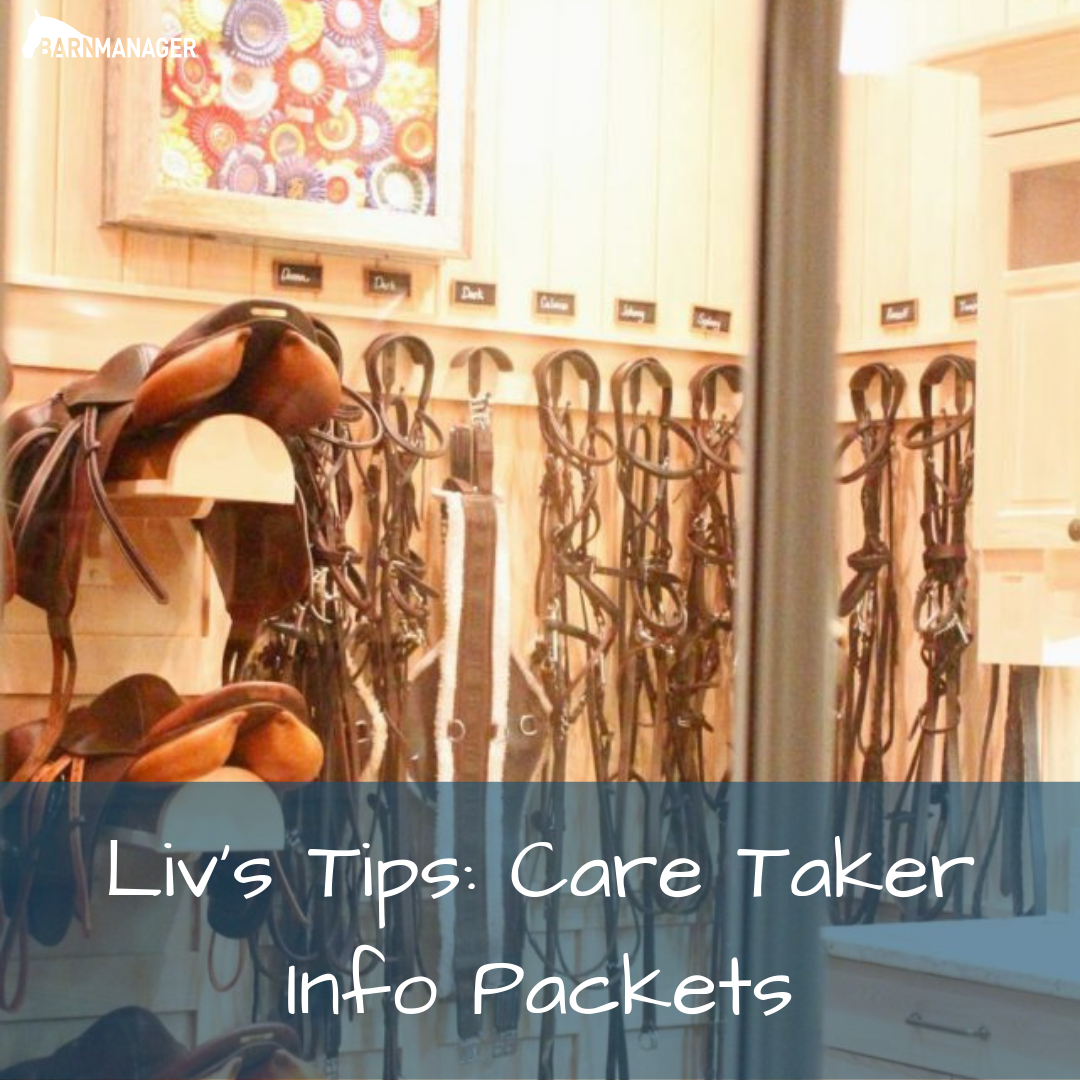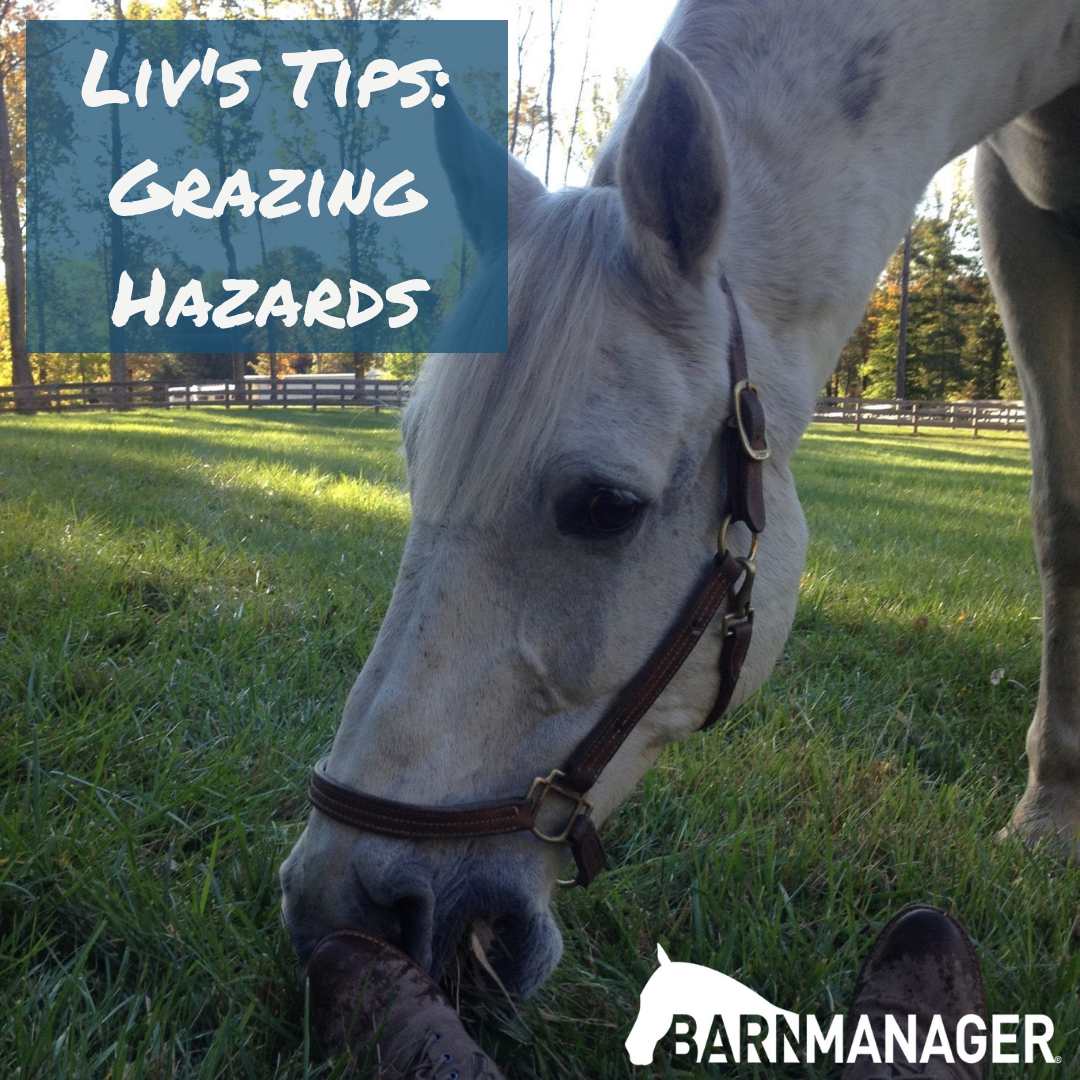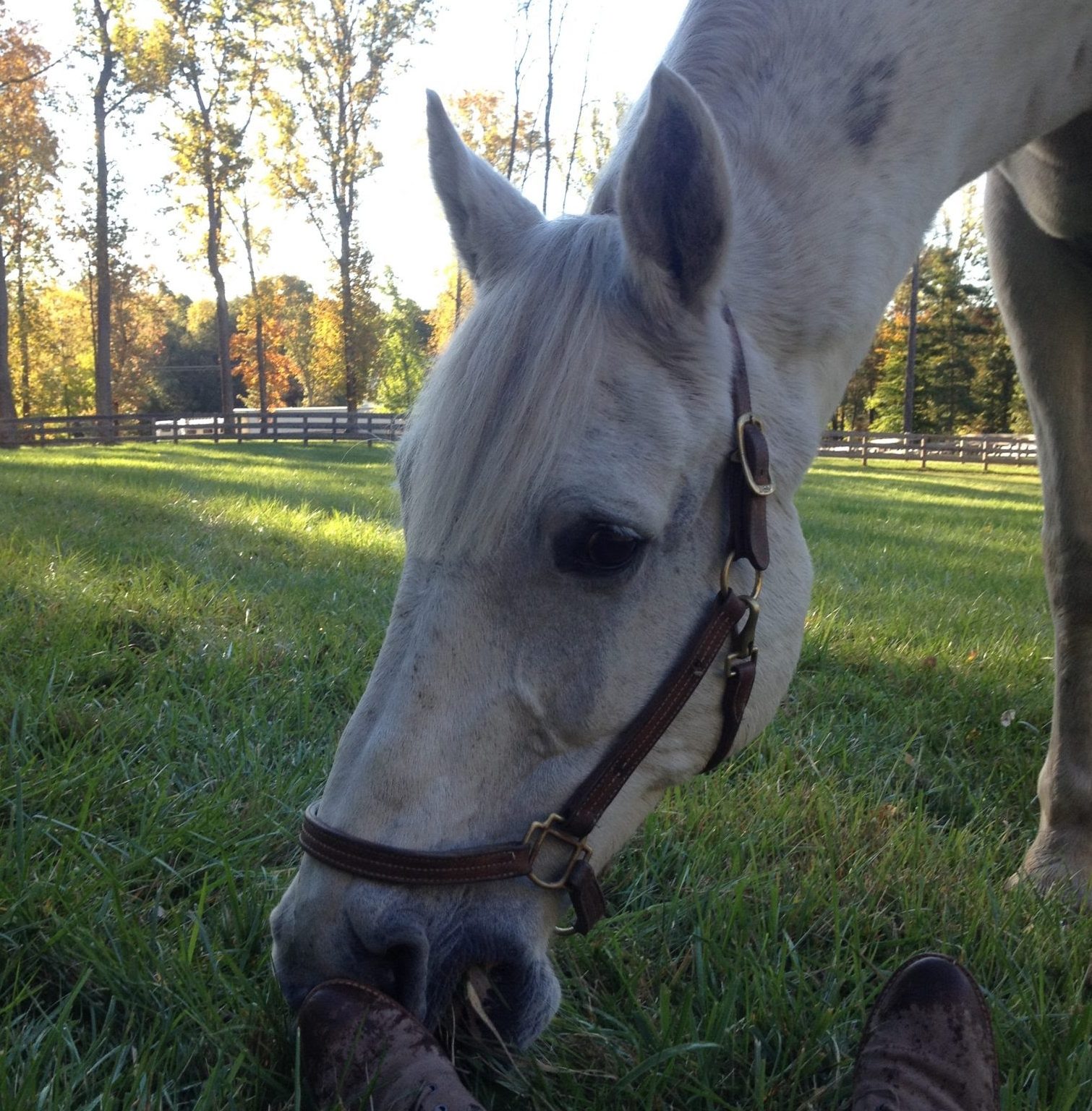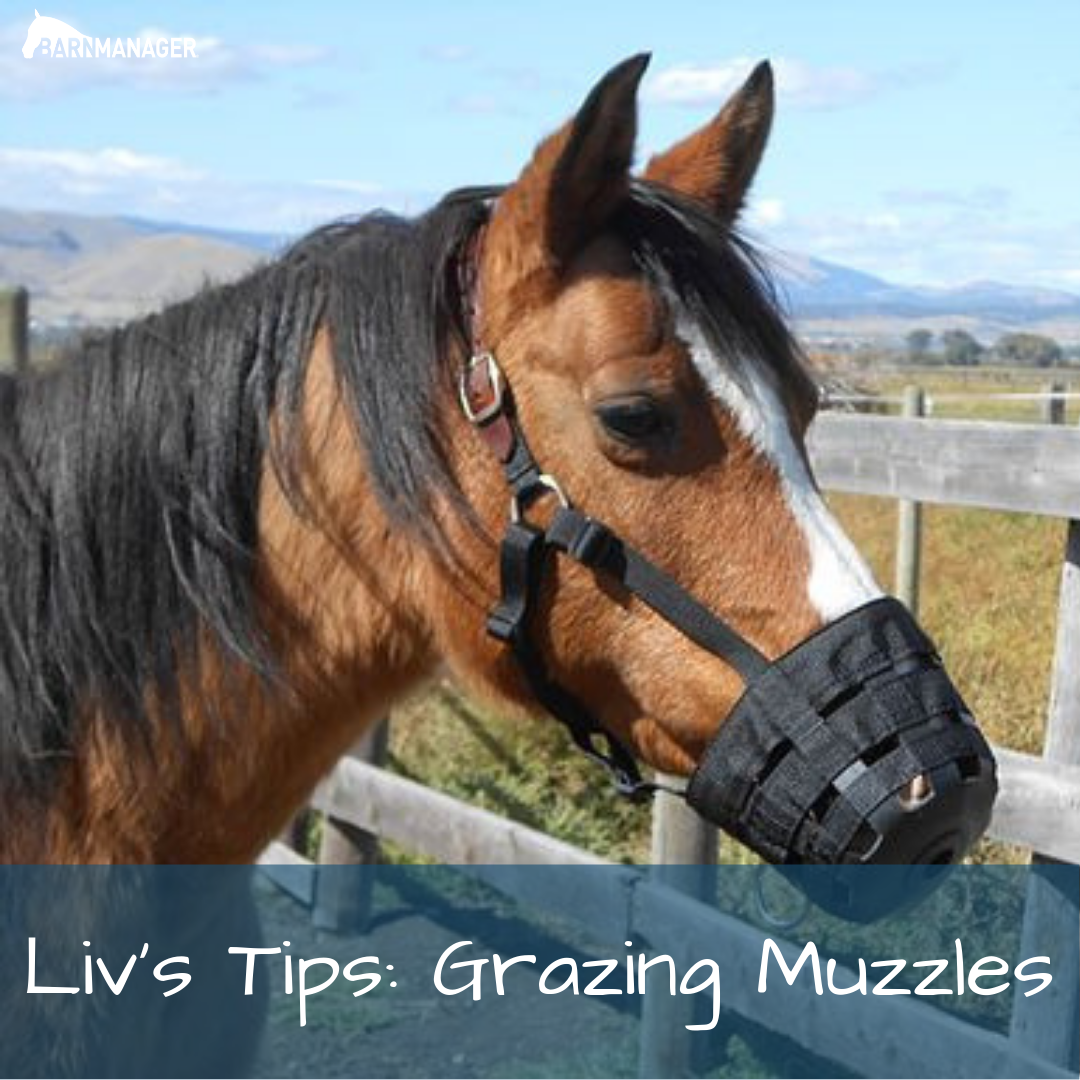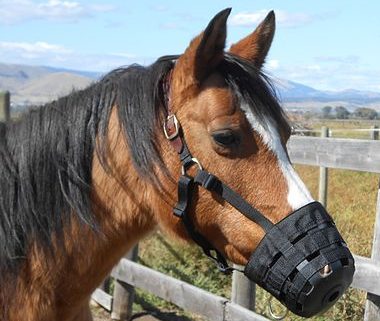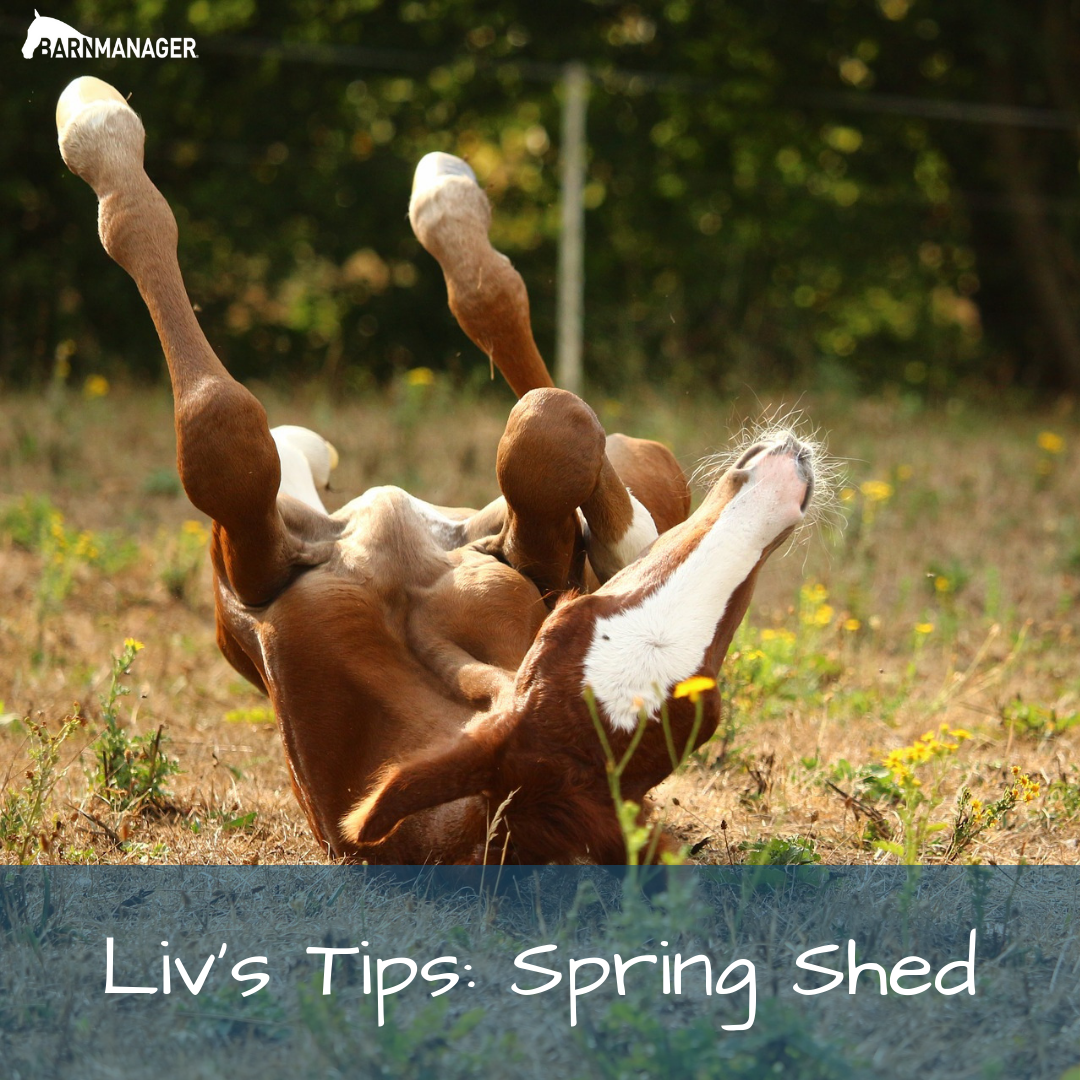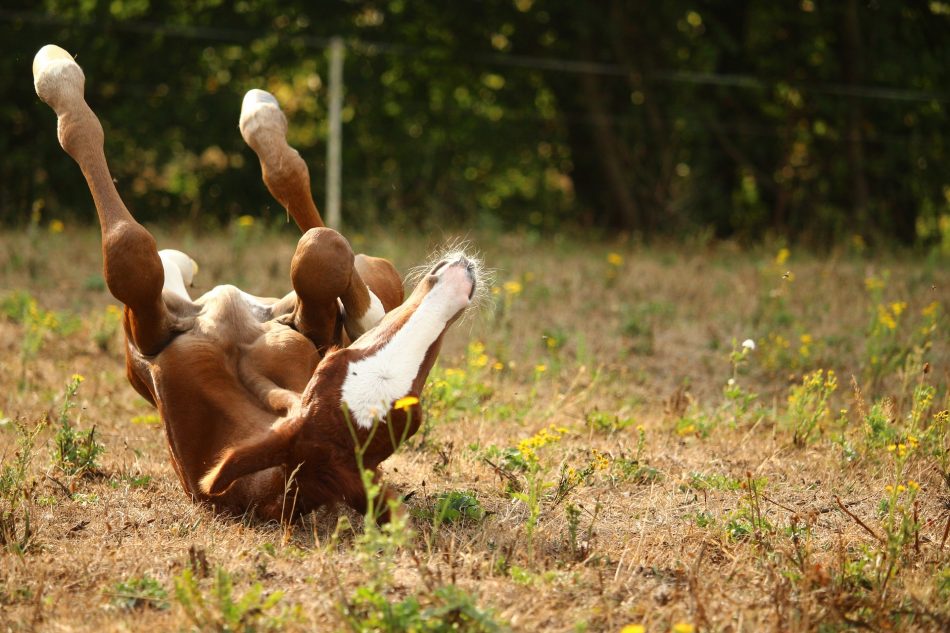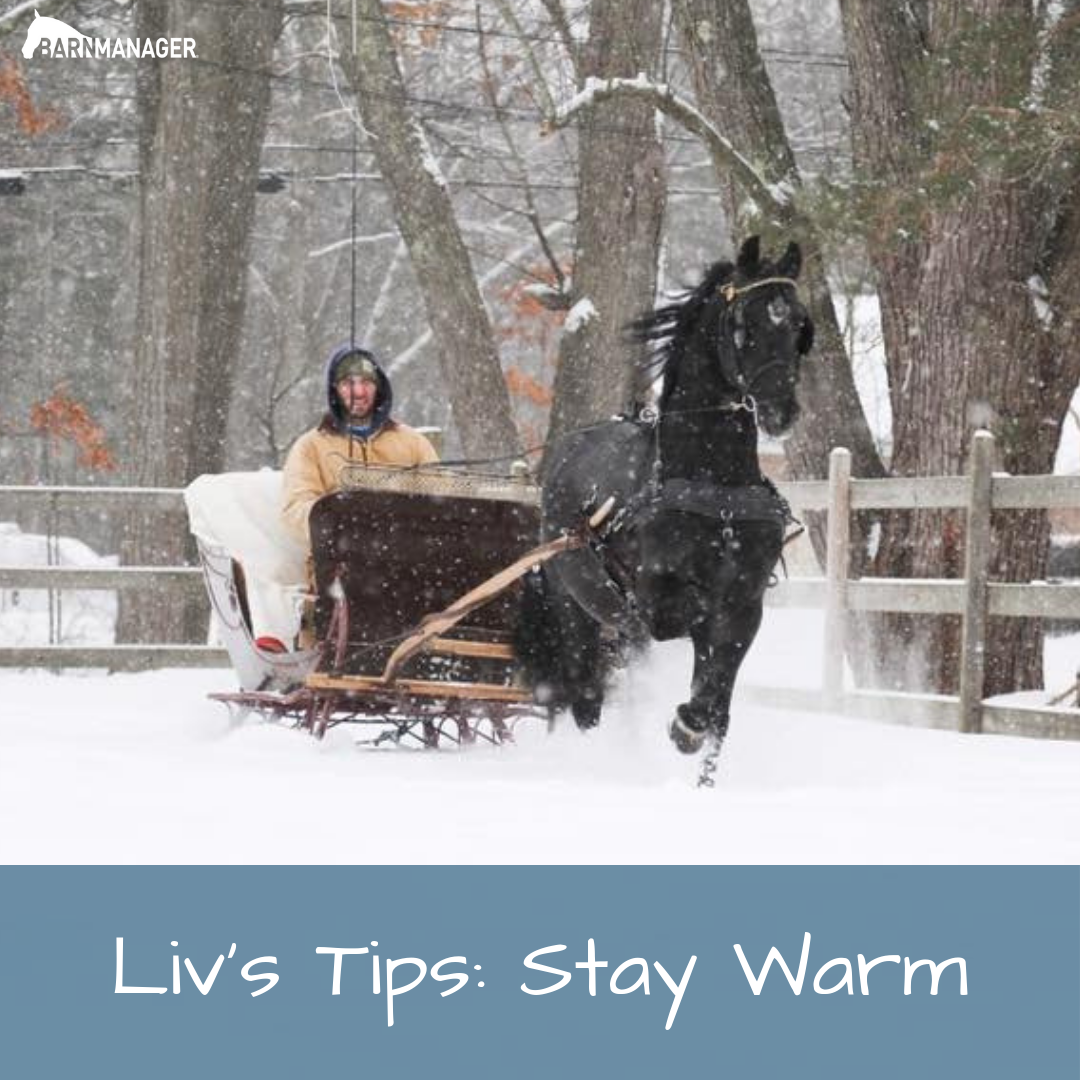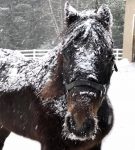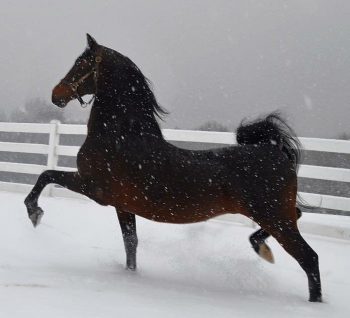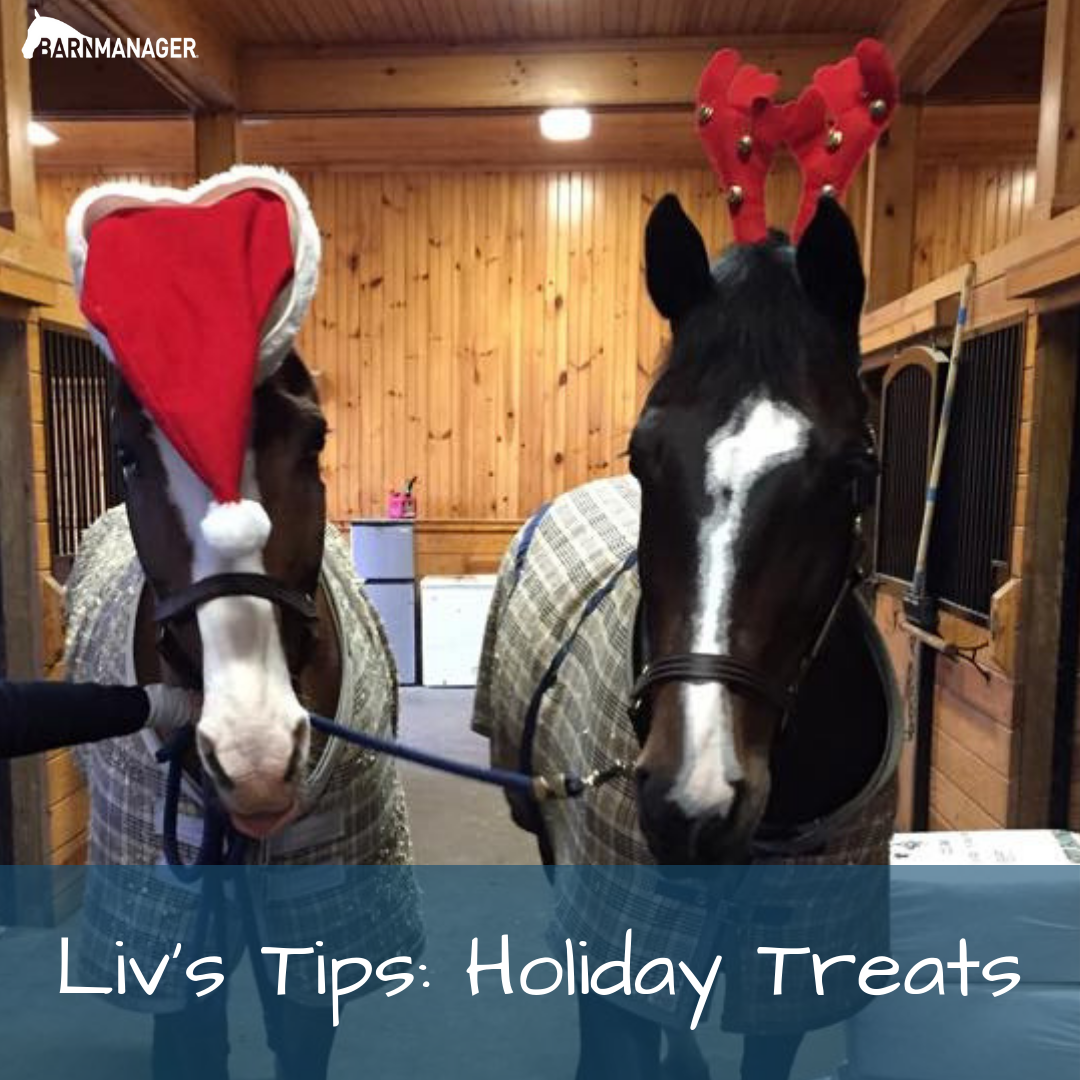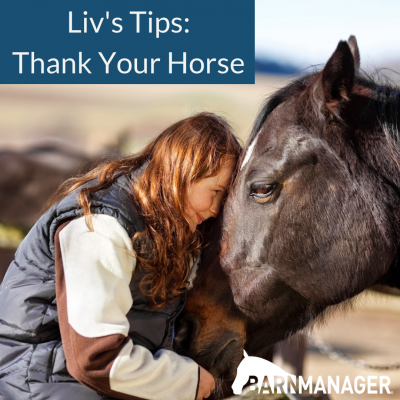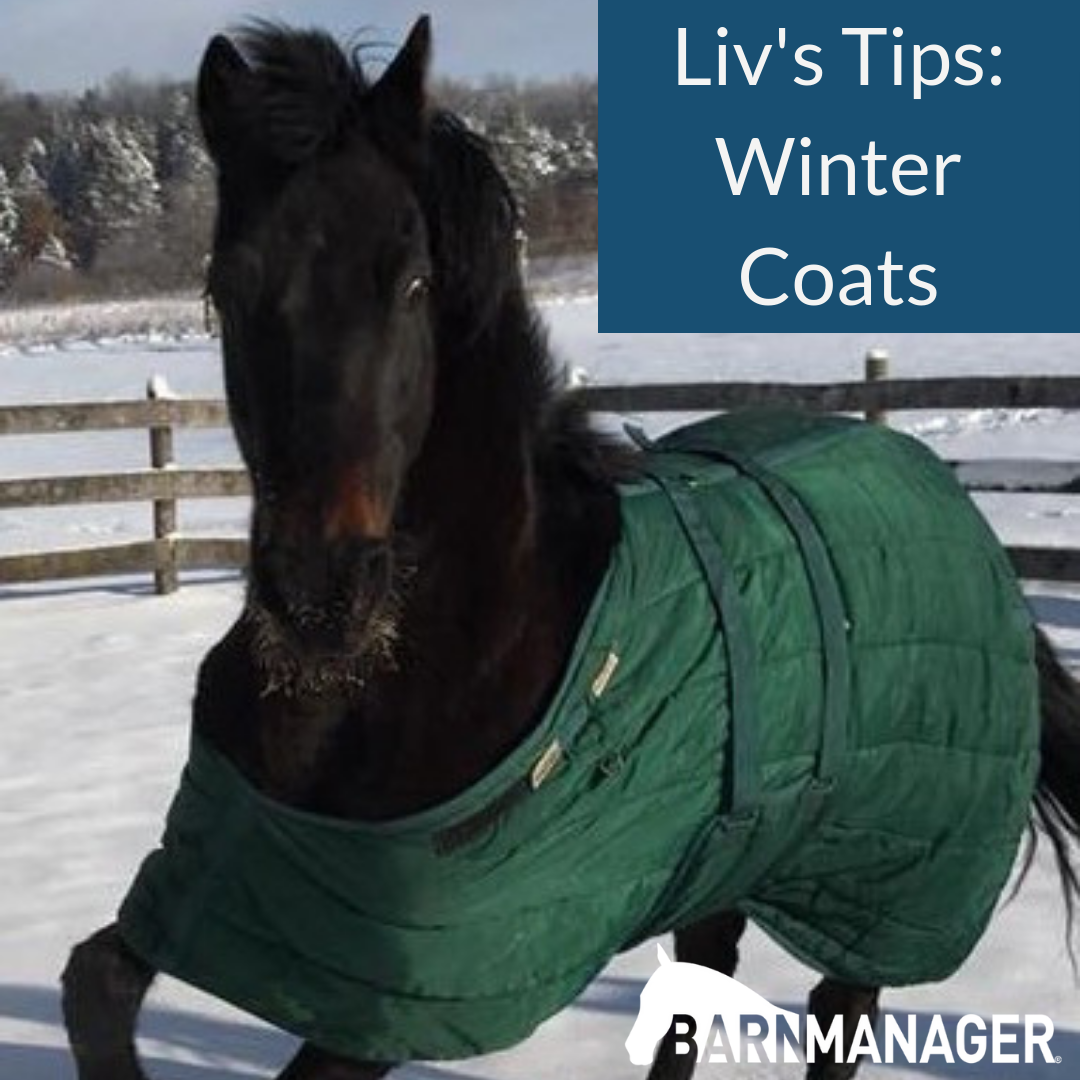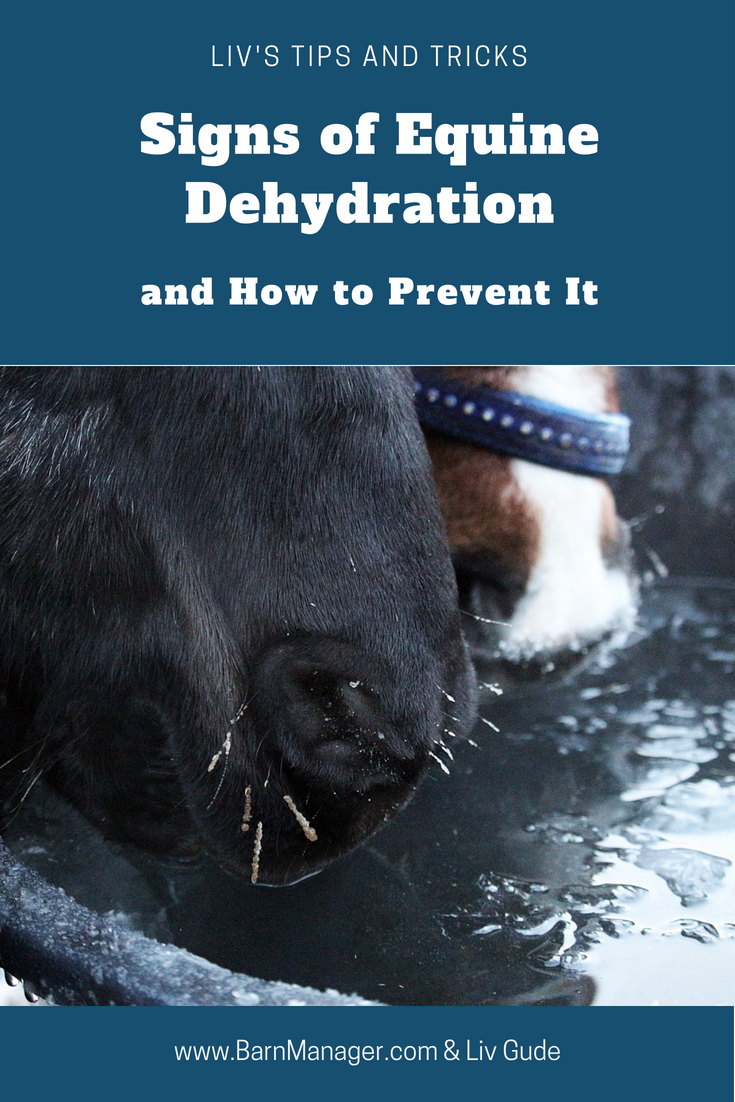Liv Gude gives us some tips on what information to leave your horse sitter this summer.
Aside from the generally obvious things, like your emergency phone numbers, here is some additional information that you should put together for your caretaker:
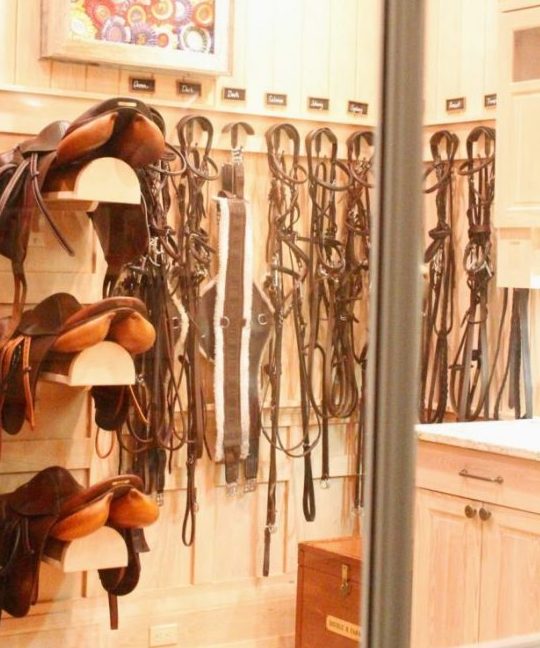
1. Your horse’s normal vital signs – heart rate, temperature, and respirations.
2. Your horse’s particular way of telling you they don’t feel well. Each horse has their own language.
3. A list of your horse’s medications, as well as administration details – when and how. Most horses have that one way, and one way only, they will take something.
4. Any quirks that might put your horse sitter in danger – like that tickle spot that makes your horse kick out.
5. A detailed plan of what to do in an emergency – colic, hoof issues, not eating, acting weird, lacerations and first aid, etc. Let your horse sitter know where the first aid kit is!
6. A plan if your horse needs a refill of food, fly spray, etc. Do you have an account at your local feed store where your sitter can just zip over?
7. Detailed information about what is safe, and not safe, for your horse to eat as a treat. We so often want our horses to be spoiled when we are away, but not spoiled with something they are allergic to.
8. Instructions on how to handle your horse if they are acting like a fool, won’t be caught, are pawing at the gate, you name it. If you are in the middle of training or un-training a behavior, you want your horse sitter to be able to reinforce the same actions.
Happy Vacationing!
Liv Gude, a former International Dressage Groom for years, founded proequinegrooms.com as a way to unite Grooms in the horse industry. The educational website also serves to entertain and inform horse owners across all disciplines about horse care, grooming, and health. Click here to check it out!
